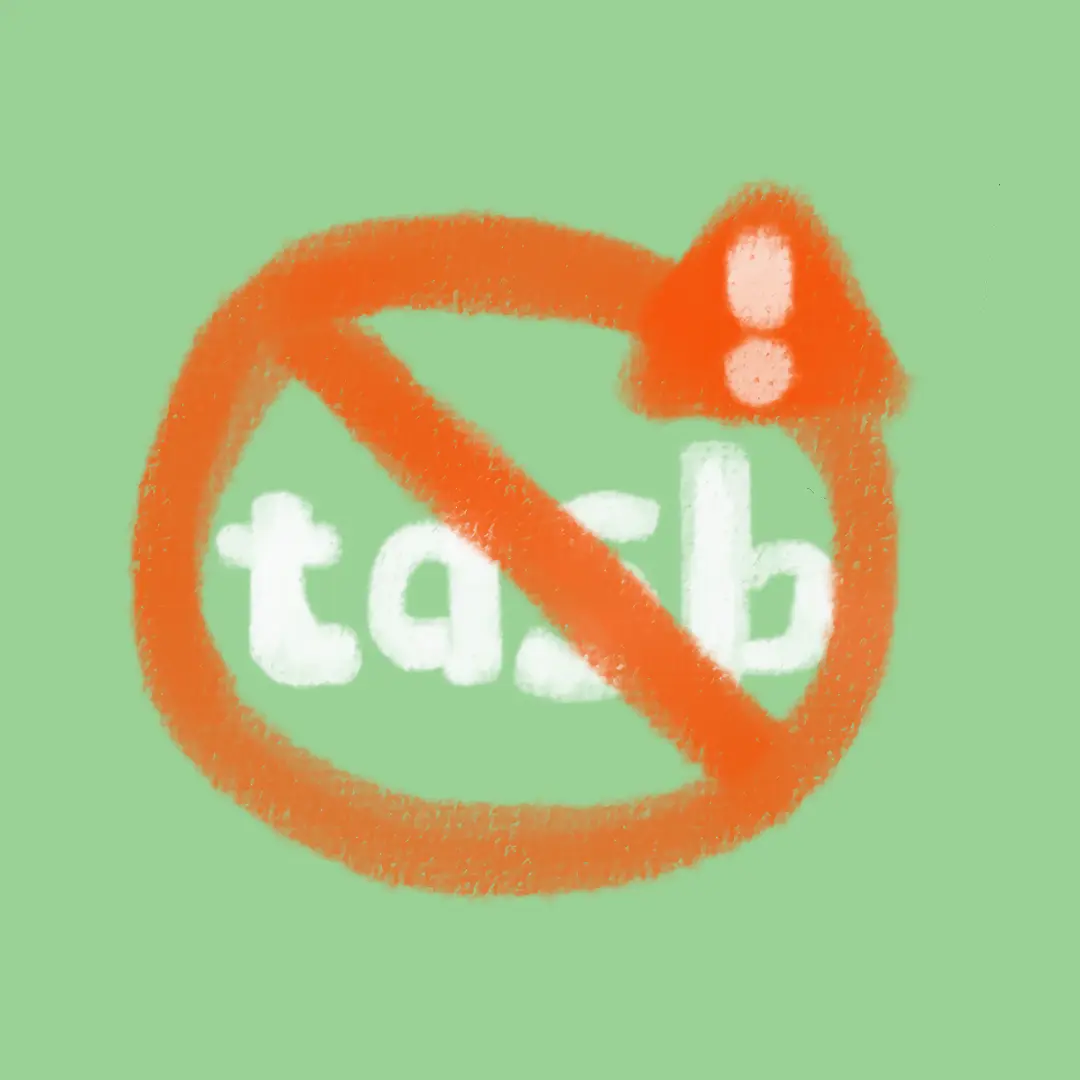Article
|
Education
Don't Blame School Boards for a Mess the Province Made
A deeper analysis of Ontario's takeover of the TDSB
By Jerry Hu
August 24, 2025

August 24, 2025

It was almost four months ago when newly elected Education Minister Paul Calandra said in a promotional video that he would be "relentless that ensuring that our boards remain accountable to those that it matters most." Four months later, Calandra seized control of five of the biggest school boards in Ontario, citing fiscal mismanagement, along with rolling out a bill that further reduces control of all boards. However, one of those school boards, the Toronto District School Board (the largest school board in Ontario), shines a light on a deeper story of how the government still can not provide adequate financial support for a declining educational sector.
On June 10th, the government revealed the TDSB financial investigation prepared by PricewaterhouseCoopers LLP (PwC), blaming the projected deficit on one keyword—PODs. POD or Proceeds of Disposition is revenue from selling surplus property, usually utilized for capital projects such as new repairs or construction. Yet, the TDSB is requesting exemptions of upwards of $43.9 million to use on day-to-day operating expenses like salary, a financial practice akin to selling a house to buy groceries. This is a terrible financial practice, which is why it is mentioned over 104 times in the report, and the main reason for this government takeover.
But the story is not that simple. The reason for the $43.9 million exemption has to do with an ongoing moratorium under then-Liberal Premier Kathleen Wynne in 2017 to forcefully stop all school closures and Pupil Accommodation Reviews (PARs), which is the process school boards use to consider school closures and consolidations. With the removal of grade 13 in 2003 and the e-learning boom since the pandemic, TDSB's aging properties are left unused and unoccupied, with an estimated 63,000 excess student spaces, with 155 of its 581 schools operating at a utilization rate below 65%. This sudden change in 2017 was then exacerbated due to the gradual phasing of the "top-up funding" for school operations announced during 2015-16, for which the TDSB received roughly $34 million at its peak.
But why did the TDSB not cut costs if they knew they were heading into financial turmoil? The PwC report lists over $24.7 million of savings that the board rejected, a fact the government listed as a reason to take over the board. However, a deeper look shows that the proposed cuts show that a majority ($17.9 million) of the savings were about reducing headcount/positions, while the remaining savings were about reducing and changing programming. These rejected savings were used as a justification in the takeover by Calandra; yet the government’s report admits that even if the board had made every single cut, it still would have ended up with a deficit.
This left the TDSB in an impossible situation: how would they maintain a healthy budget without cutting key service workers? The option of consolidation was removed along with their funding for aging buildings. Their only option was to use the POD funds to cover their growing deficit. This is viewed alongside the analysis by the Ontario Public School Boards’ Association, revealing a real-terms funding gap at $776.41 per student, creating a system-wide shortfall of more than a billion dollars, which shows the crisis doesn't lie with the school boards; it lies with the provincial government's funding model.
The report conducted by PwC shows that it wasn't financial mismanagement that caused this deficit, it was the policy changes, reduced funding, and overall lack of communication from the Queen's Park that lead to this financial disaster, a disaster that they now want to blame on the school boards, using a manufactured crisis not to save our schools, but to seize control of them.